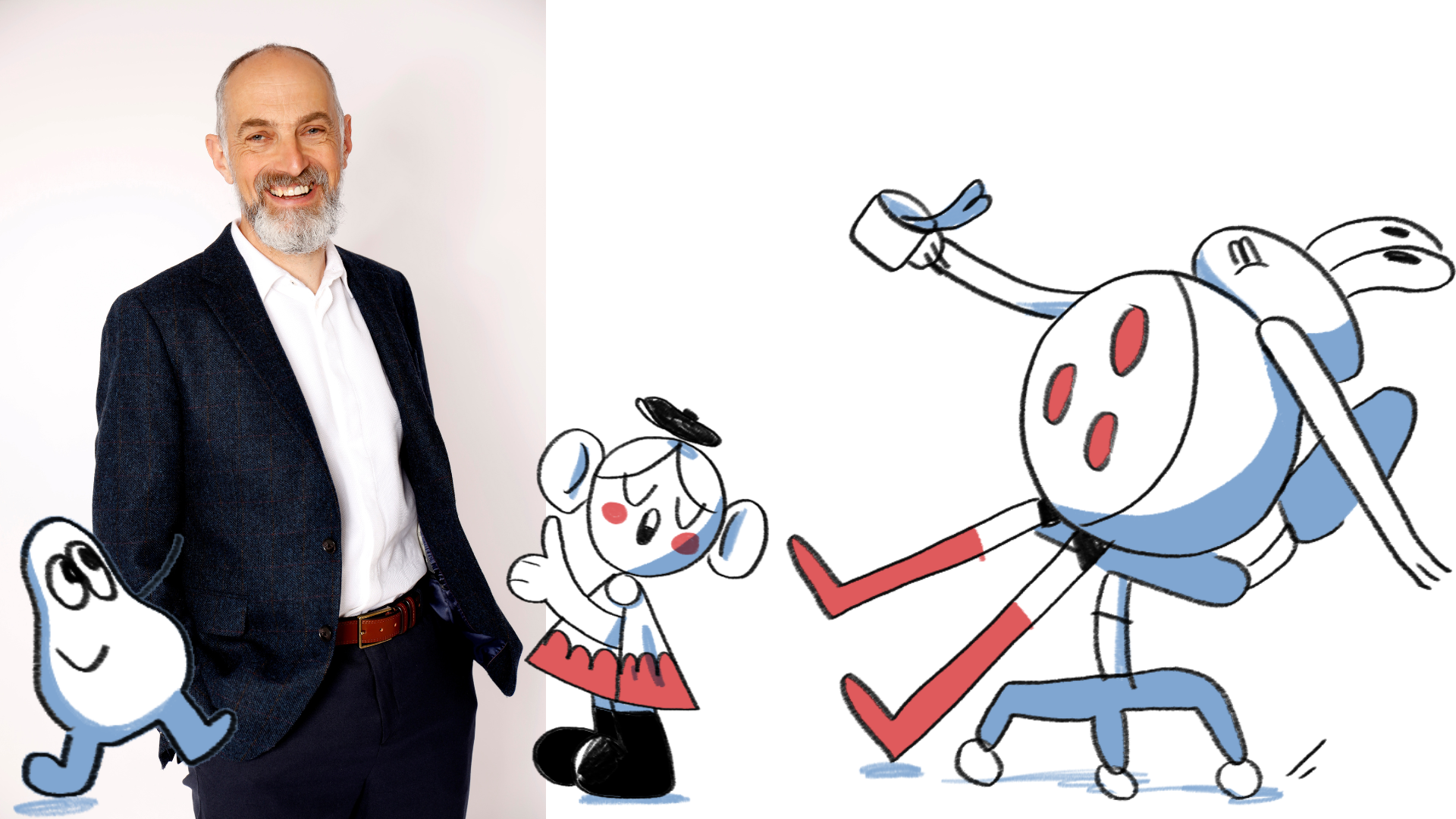Why do stories have a beginning, middle and end? I mean, a piece of string has a beginning, middle and end, but it’s not a story.
The answer lies in Order and Chaos, as Steve explains at the start of the video.
Laura (at 2:55 in the video): What story do I use when updating clients on software installation?
- Try Order and Chaos, where your update is either protecting clients from too much chaos or helping them shake up a tired old order.
Peter (08:24): How do I get started with Storyteller Tactics?
- Take a look at the Get Started blog.
Marjolaine (11:22): How do I tell a more hopeful narrative about climate change?
- Look at story arcs which allow you to hold out some hope of progress, such as No Easy Way.
Mouhanad (18:25): How do I keep my audiences engaged in a workshop?
- Tell it like a story. See this blog for tips.
Jane (28:35): Can I use Storyteller Tactics to help adults with learning difficulties?
- I’ve had a lot of success teaching these techniques to all age ranges, but I can’t answer this question for sure because I don’t have direct experience. I do know that Storyteller Tactics seems to hit a Goldilocks Zone: neither too difficult nor too obvious to learn.
- At 32:51 in the video, I demonstrate the simplest way to use Movie Time and a Man in a Hole story arc that could work for all ranges of abilities.
- We also have a lot of customers who are educators. Join the Slack channel and pose the question there.
Chelsea (39:43): Can stories help me with a job interview?
- Take a look at this blog post on using stories to give you confidence in interviews.
John (41:40): How do I make a value proposition statement for different parts of our business?
- It’s best to base this kind of statement on the kind of things your audience/customers actually say. Story-ish Conversations and Story Listening are a great place to start.


If you leave us your email, we'll let you know if we update this guide based on your feedback.